(led by Monika Janišová and Daniela Dúbravková)

Guides: Monika Janišová1, Daniela Dúbravková1, Dobromil Galvánek1, Katarína Rajcová2, Mário Duchoň3
1Plant Science and Biodiversity Centre, Institute of Botany, Slovak Academy of Sciences, Bratislava, Slovakia, monika.janisova@gmail.com, daniela.dubravkova@gmail.com, dobromil.galvanek@gmail.com
2State Nature Conservation, Administration of Protected Landscape Area Biele Karpaty, Nemšová, Slovakia, katarina.rajcova@sopsr.sk
3Regional Conservation Association of Bratislava, Bratislava, Slovakia, duchon@broz.sk
Location
Lúka nad Váhom: 48.66°N, 17.88°E, 175 m a.s.l.
Tematínsky hrad Castle: 48.68°N, 17.93°E, 576 m a.s.l.
Climate
Annual precipitation total: 611 mm (at the nearest station in Piešťany)
Mean annual temperature: 9.4°C (-2.2°C in winter months; and 19.7°C in summer months)
Geology
The geological bedrock of the visited area is built by Mesosoic (Triasic) dolomite and limestone.
Soils
The most common soil type in the area is a shallow protorendzina.
Geography and nature conservation
Tematínske vrchy is the Area of European importance (SKUEV0380, 2471.27 ha, elevation range 215–684 m a.s.l.). It includes three protected areas: the National Natural Reserves Javorníček (15.06 ha) and Tematínska lesostep (59.67 ha), and the Nature Reserve Kňaží vrch (150.94 ha).
Habitats (according to Natura 2000 habitat classification)
6110 Rupicolous calcareous or basophilic grasslands of the Alysso-Sedion albi
6190 Rupicolous pannonic grasslands (Stipo-Festucetalia pallentis)
6210 Semi-natural dry grasslands and scrubland facies on calcareous substrates
6240 Sub-pannonic steppic grasslands
6510 Extensively managed hay meadows of the planar to submontane zones (Arrhenatherion)
8160 Medio-European calcareous scree of hill and montane levels
9130 Asperulo-Fagetum beech forests
9150 Medio-European limestone beech forests of the Cephalanthero-Fagion
9180 Tilio-Acerion forests of slopes, screes and ravines
91H0 Pannonian woods with Quercus pubescens
Vegetation synopsis
Class Quercetea pubescentis Doing-Kraft ex Scamoni et Passarge 1959
Order Quercetalia pubescenti-petraeae Klika 1933
Alliance Quercion pubescenti-petraeae Br.-Bl. 1932 nom. corr.
Alliance Quercion petraeae Issler 1931
Class Carpino-Fagetea sylvaticae Jakucs ex Passarge 1968
Order Carpinetalia betuli P. Fukarek 1968
Alliance Carpinion betuli Issler 1931
Order Fagetalia Pawłowski ex Pawłowski et al. 1928
Alliance Fagion sylvaticae Luquet 1926
Alliance Lonicero alpigenae-Fagion sylvaticae Dierschke 1998
Order Aceretalia pseudoplatani Moor 1976 nom. cons. propos.
Alliance Tilio platyphylli-Acerion Klika 1955
Class Festuco-Brometea Br.-Bl. et Tüxen ex Soó 1947
Order Stipo pulcherrimae-Festucetalia pallentis Pop 1968
Alliance Bromo pannonici-Festucion pallentis Zólyomi 1966
Ass. Poo badensis-Festucetum pallentis Klika 1931 corr. Zólyomi 1966
Ass. Festuco pallentis-Caricetum humilis Sillinger 1930 corr. Guterman et Mucina 1993
Alliance Diantho lumnitzeri-Seslerion (Soó 1971) Chytrý et Mucina in Mucina et al. 1993
Ass. Minuartio setaceae-Seslerietum calcariae Klika 1931
Order Festucetalia valesiacae Br.-Bl. ex R. Tx. Ex Br.-Bl. 1949
Alliance Festucion valesiacae Klika 193
Class Molinio-Arrhenatheretea R. Tx. 1937
Order Arrhenatheretalia R. Tx. 1931
Alliance Arrhenatheretum elatoris Koch 1926
Forest communities
Forests are dominant vegetation in the region. The habitat conditions on the southern and northern slopes differ strongly, so that different types of climax communities have developed. Most common are the Carpathian oak-hornbeam forests (Carpinion betuli), with islands of oak forests with Quercus cerris (Quercion petraeae) and sub-Mediterranean xero-thermophilous oak forests (Quercion pubescentis-petraeae). In the latter,Quercus pubescens dominates the tree layer, and Cornus mas the shrub layer. They are distributed at the periphery of the Pannonian Basin, on extremely dry, south-facing slopes, on shallow, calcareous soils. Because of these extreme site conditions, the woods are often fragmentary and low-growing, sometimes only shrubby. The herb layer is rich in species, and often contains xerothermic species from dry grasslands or forest fringes. Occasionally, Tilia platyphyllos and Fraxinus excelsior can become dominant. White-oak woods often form mosaics with dry grasslands. At higher altitudes and on north-facing slopes, calciphilous beech forests (Lonicero alpigenae-Fagion sylvaticae) develop. A restricted area is occupied by the mixed lime-maple forests (Tilio-Acerenion).
Plantations of Pinus nigra and Fraxinus ornus
About fourty years ago the forest management in the area carried out a project of anti-erosion measures. Plantations of non-native woody species such as pine (Pinus nigra), and ash (Fraxinus ornus) were planted on many of species-rich grassland areas. At that time conservation efforts in the area were weak and could not prevent the afforestation. Due to the afforestation some localities with grasslands were overgrown by pines and became lost. The rest of the grassland habitats became threatened by succession towards forest communities caused by agressive non-native species (mainly Pinus nigra).
Grassland communities
Rupicolous Pannonian grasslands of the Bromo pannonici-Festucion pallentis represent open dry grasslands on limestone and dolomite bedrock in the Pannonian region and lower peri-Carpathian mountain ranges or Inner-Carpathian basins (intermontane basins of northern and central Slovakia) with warm and dry climate. They are restricted to mild or steep sun-exposed slopes with shallow soils and karst rocky fields. The regular periods of summer drought act as limiting factor in formation of open communities dominated by competitively weak but stress-tolerant species. Caespitose grasses (Festuca pallens) or graminoids (Carex humilis) dominate in these communities and determine substantially their syntaxonomical position.
Dealpine Sesleria–grasslands of the Diantho lumnitzeri-Seslerion represent communities dominated by Sesleria albicans at lower altitudes (colline to submontane belt). They occupy usually cooler and moister (often north-facing or inverse) locations in the warm peri-Carpathian calcareous mountains. Typical is the presence of numerous dealpine species, which are usually distributed in the subalpine and alpine belt but occasionally also occur in relic localities of lower altitudinal belts. Among them, Acinos alpinus, Biscutella laevigata, Leontodon incanus, Phyteuma orbiculare, Polygala amara subsp. brachyptera, Saxifraga paniculata and Thesium alpinum are the most frequent. These communities are bound to calcareous bedrock (limestones and dolomites) and to rendzina soils which are rather deep with high humus content. They cover upper ridge slopes or steep rock cliffs. In some places, dealpine Sesleria-grasslands has presumably never been covered by closed forests.
Sub-pannonic steppic grasslands of the Festucion valesiacae alliance are distributed on deeper soils. They are much less widespread nowdays, due to abandonment of pastures and forest encroachment. Tussock grasses (Festuca valesiaca, F. rupicola, Koeleria macrantha, Bothriochloa ischaemum, Stipa capillata Sub-pannonic steppic grasslands) dominate these communities.
Fauna
List of the selected bryophytes and lichens occurring in the dry grassland communities of the Tematínske vrchy Mts (the rare species are in bold):
Arthothelium lirellans, Bacidina neosquamulosa, Bryum argenteum, Catapyrenium laniculatum, Cladonia furcata, Cladonia polycarpoides, Cladonia pyxidata subsp. chlorophaea, Coelocaulon muricatum, Ctenidium molluscum, Ditrichum flexicaule, Fulgensia fulgens, Grimmia pulvinata, Hylocomium splendens, Hypnum cupressiforme, Neckera crispa, Parmelina quercina, Peltigera rufescens, Placolecis opaca, Plagiomnium undulatum, Pleurochaete squarrosa, Rhytidiadelphus triquetrus, Rhytidium rugosum, Thuidium abietinum,Toninia sedifolia, Tortella inclinata, Tortella tortuosa, Tortula intermedia
List of interesting animal species occurring in the region of the Tematínske vrchy Mts (species of European importance are in bold)
Molluscs: Vertigo moulinsiana (periglacial relict, inhabits calcareous springs with tufa formation, recorded in Modrová valley, critically endangered), Petasina filicina (East-alpine element, the only site in Slovakia where this species was found, is in Modrová valley, critically endangered)
Spiders: Eresus niger (thermophilous species, rare in Slovakia), Atypus piceus (rare).
Insects: Mantis religiosa (Praying Mantis, thermophilous species), Saga pedo (very rare thermophilous species of locust).
Cicadas: Lyristes plebejus (Mediteranean species, very rare, records from Modrová 1946, and Kňaží vrch 2000), Cicada orni (Mediteranean species, very rare, records from Modrová 1946, and Kňaží vrch 2001).
Butterflies: Parnassius mnemosyne (Clouded Apollo), Maculinea arion, Polyommatus slovacus (a new species for fauna of Slovakia described from Lúka in 1997, thermophilous, threatened by loss of open habitats by succession, afforestation, the most vital population in Slovakia was found in the area), Colias myrmidone(extremely endangered, life cycle tied to Cytisus, recorded at the edges of the area).
Other insects: Marumba quercus, Lycaena dispar, Euplagia quadripunctaria, Eriogaster catax.
Beetles (life cycle of the following species is tied to decaying trees (oak, beech): Rosalia alpina, Cerambyx cerdo, Lucanus cervus (Stag Beetle).
Amphibians: Bufo bufo (Common Toad), Bufo viridis (Green Toad), Rana dalmatina (Spring-frog), Rana temporaria, Salamandra salamandra (Salamander), Bombina variegata.
Reptiles: Zamenis longissimus (syn. Elaphe longissima, Aesculap-adder, thermophilous species, the biggest snake species in Slovakia), Coronella austriaca (Smooth-snake), Anguis fragilis (Slow-worm), Natrix natrix, Podarcis muralis (Wall-lizard), Lacerta agilis (Sand-lizard), Lacerta viridis (Green-lizard, the biggest lizard species in Slovakia, thermophilous species).
Birds: Aquila heliaca, Bubo bubo, Columba oenas, Upupa epops, Caprimulgus europaeus, Dendrocopos leucotos, Ficedula parva.
Bats: Pipistrellus pipistrellus, Plecotus austriacus, Eptesicus serotinus, Rhinilopus hipposideros,Barbastella barbastellus, Myotis mystacinus, Nyctalus noctula, Myotis myotis.
Other mammals: Erinaceus concolor, Felis silvestris, Glis (Myoxus) glis, Martes foina, Martes martes, Meles meles, Micromys minutus, Mustela erminea, Muscardinus avellanarius, Mustela nivalis, Mustela putorius, Sciurus vulgaris, Sorex araneus, Sorex minutus.
Management and threats
Since 1999, the non-governmental organization Pre Prírodu (Civic Association For Nature) has been active in the area of Tematínske vrchy Mts. It associates volunteers, professional conservationists and the public to protect natural values of the Middle Považie region. The number of active members varies between 20 and 30. The activities of this organisation were supported by foundations, sponsors, municipalities and individual donors. In the Tematínske vrchy, the conservation management was completed on the most valuable habitats and included mainly cutting of non-native conifers.
Ruine of the Tematín Castle (13th century), 576 m a.s.l.
The castle was originally built in the second half of the 13th century in the Kingdom of Hungary. It was completely reconstructed by the Thurzó family, owners of the castle since 1524. The last owner was Miklós Bercsényi, general of the anti-Habsburg insurrection army during Rákóczi’s War of Independence. The castle fell into ruins after it was besieged in 1710 as a part of the suppression of the anti-Habsburg uprising.
List of vascular plants ocurring in dry and sub-xerophilous grasslands and in their contact communities (mainly fringes and transitions to the termophilous oak forests) in the Tematínske vrchy Mts. Cb = Carpinion betuli, Ae = Arrhenatherion elatioris, Fv = Festucion valesiacae, Qpp = Quercion pubescenti-petraeae, SF = Stipo pulcherrimae-Festucetalia pallentis, WC = endemic to the Western Carpathians, WCs = subendemic to the Western Carpathians, C4 = C4 carbon fixation.
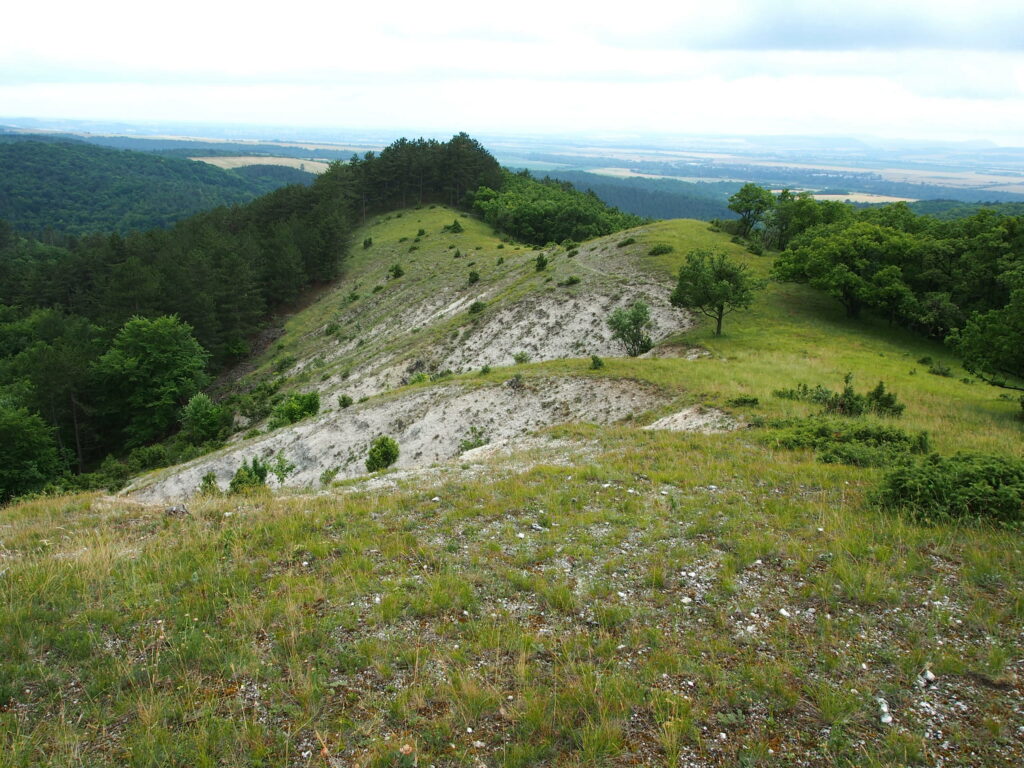
OLYMPUS DIGITAL CAMERA 
OLYMPUS DIGITAL CAMERA 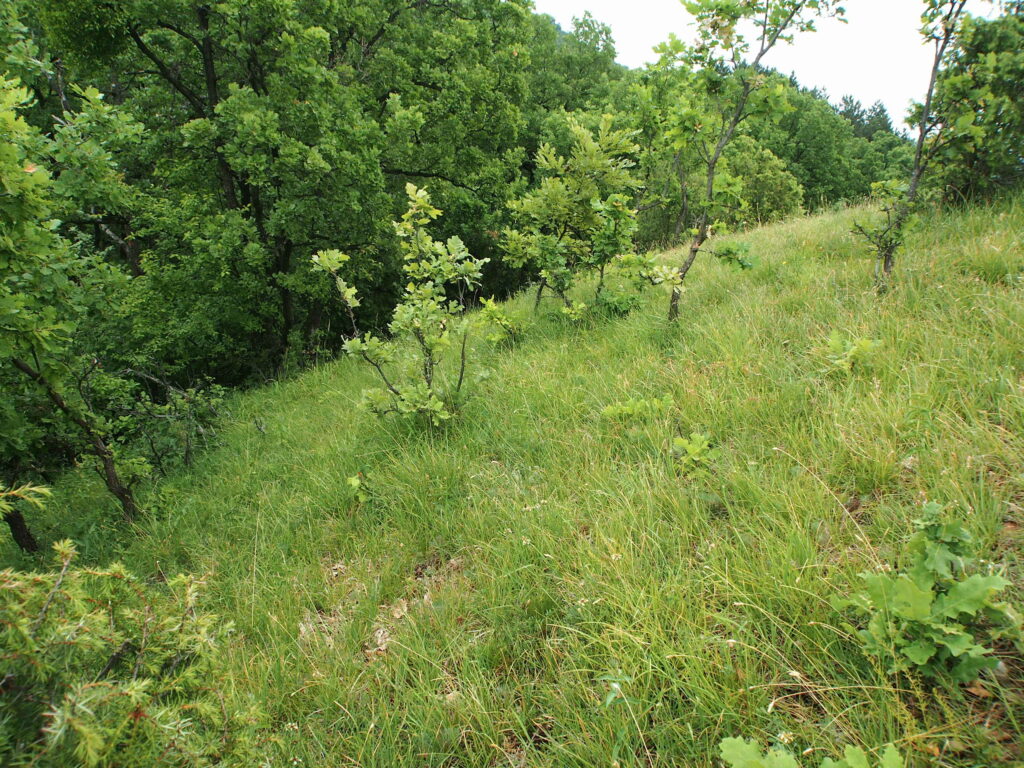
OLYMPUS DIGITAL CAMERA 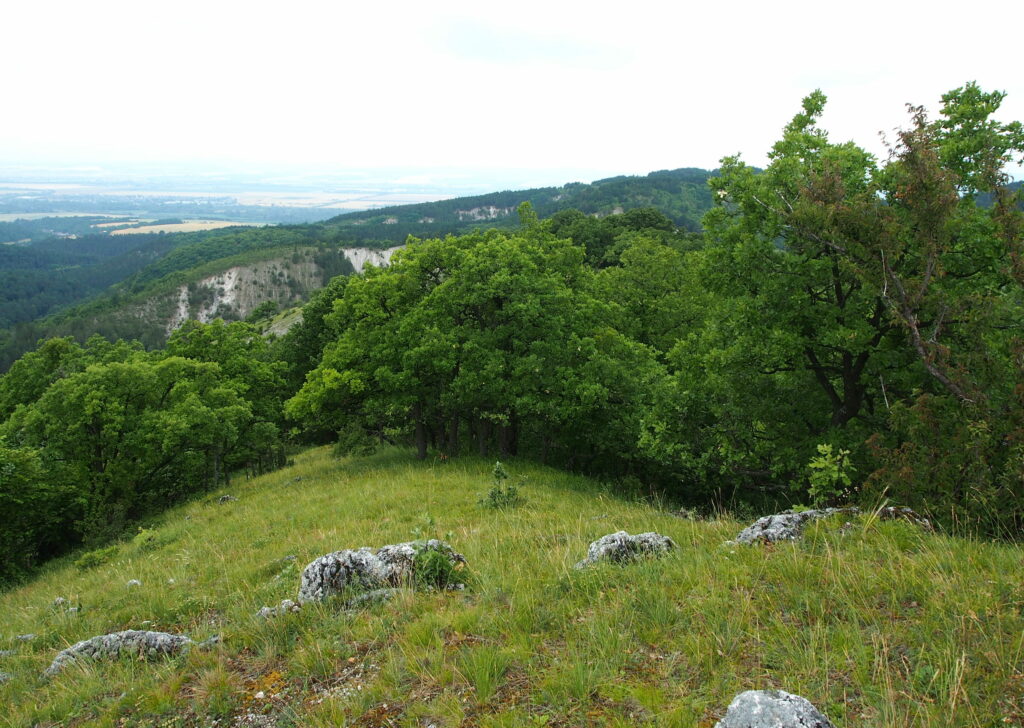
OLYMPUS DIGITAL CAMERA 
OLYMPUS DIGITAL CAMERA 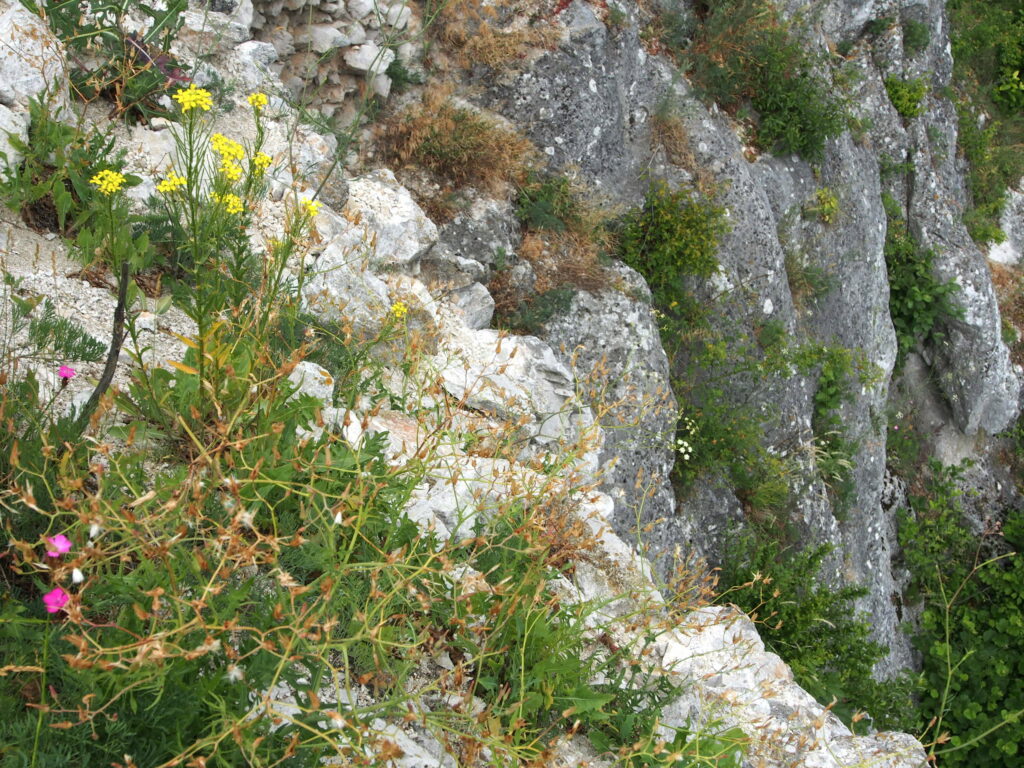
OLYMPUS DIGITAL CAMERA 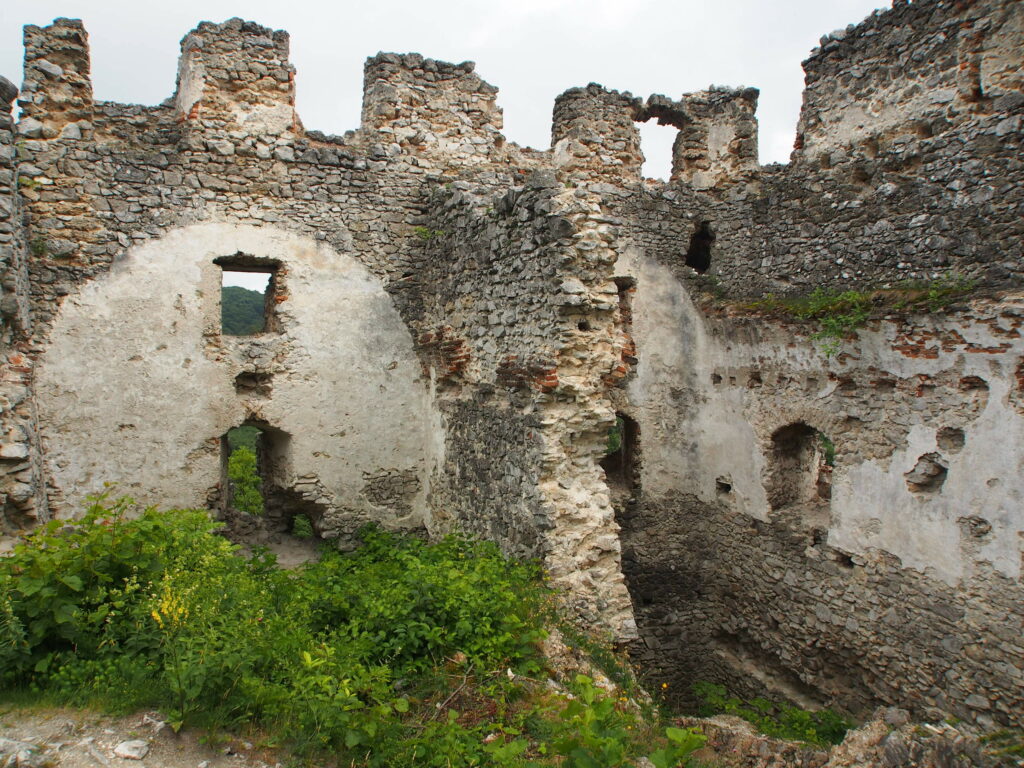
OLYMPUS DIGITAL CAMERA 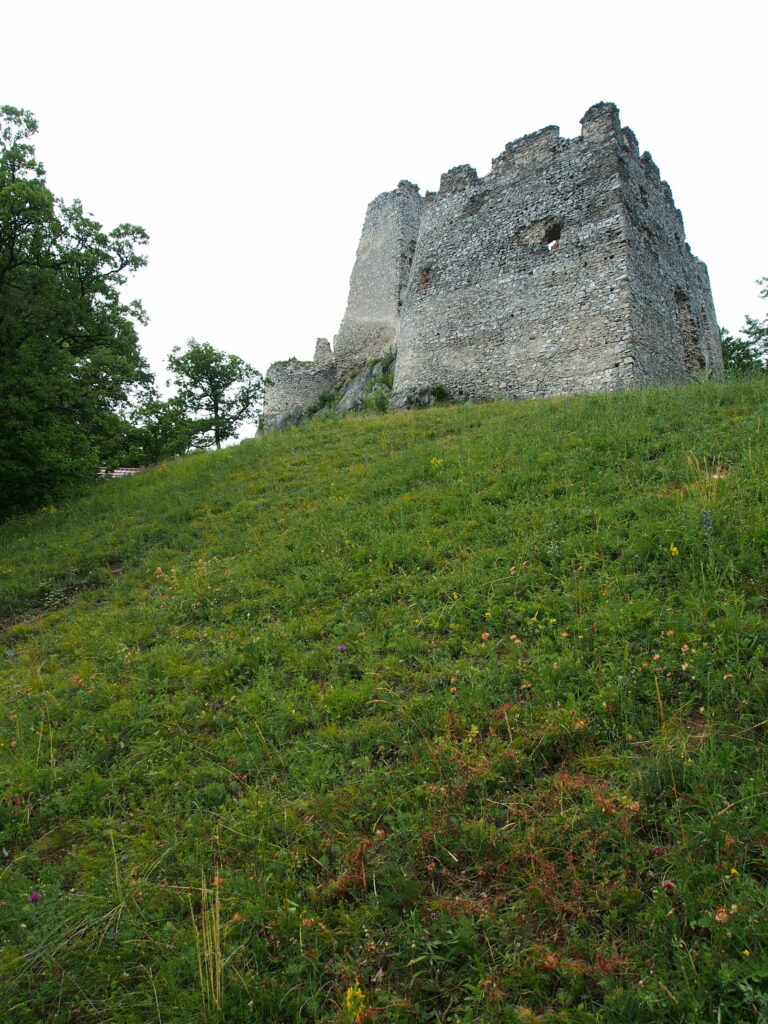
OLYMPUS DIGITAL CAMERA 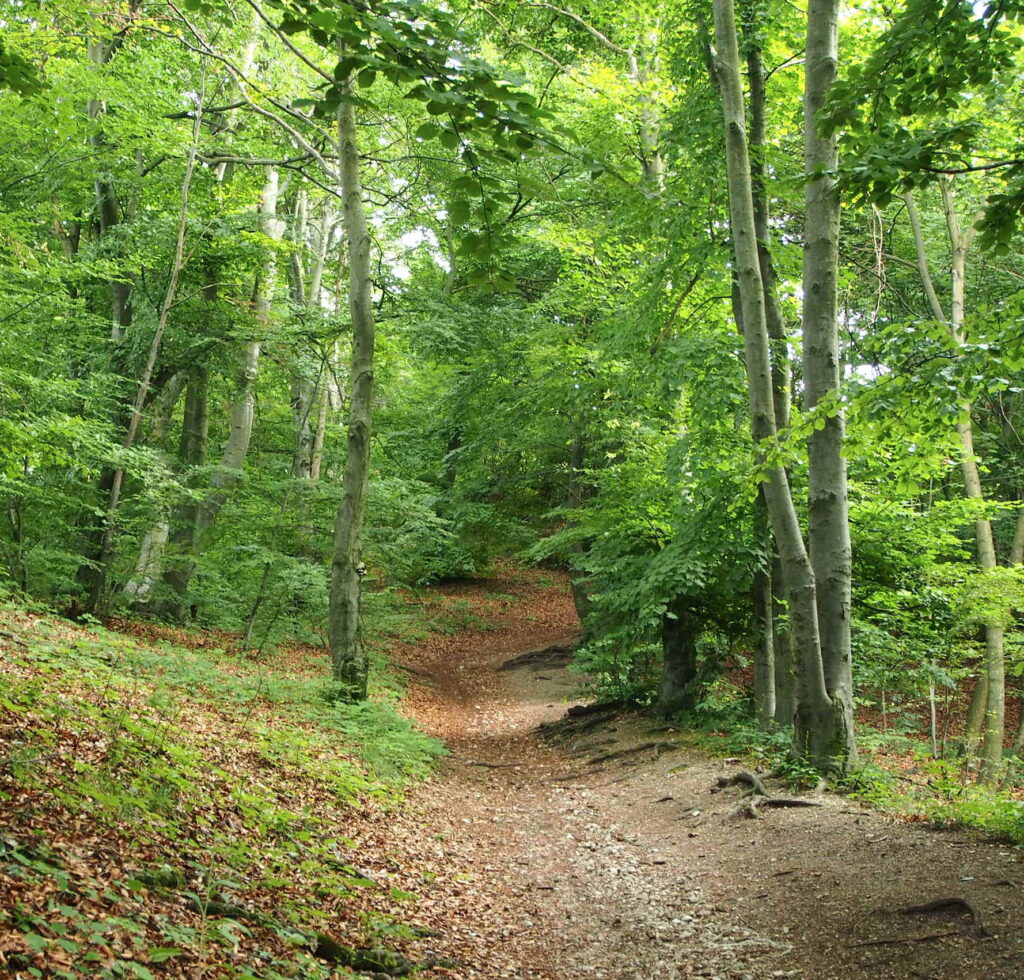
OLYMPUS DIGITAL CAMERA
